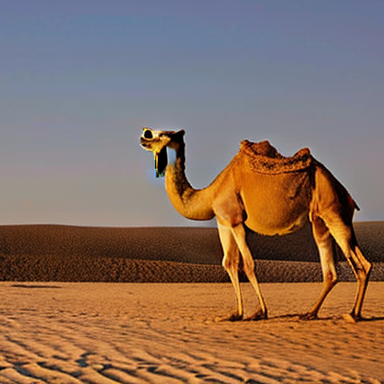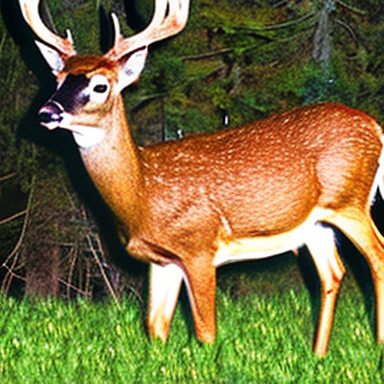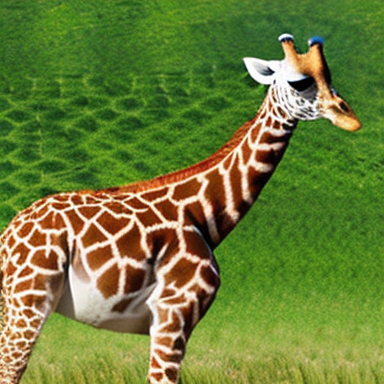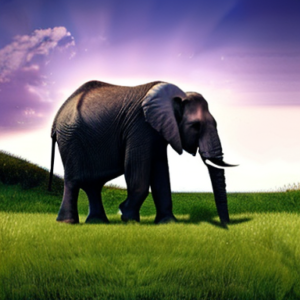Dive into the fascinating world of wildlife and explore the habits, characteristics, and behaviors of some of the most popular wild animals worldwide. In this article, We’ll let you discover 10 Wild Animals by inquiring into the behaviors of fearless alligators, stealthy hyenas, cunning foxes, wily jackals, and many more.
With captivating pictures and engaging descriptions, we’ll help you visualize nouns with images from the alphabet A-J by discovering new and exciting facts about these incredible creatures. So, let’s discover the amazing world of Wild Animals, learning some nouns by embarking on a wild adventure!
Images of 10 wild animals from A-J to visualize Nouns
Image
Common Name
Scientific name

Alligator
Alligator mississippiensis

Bear
Ursus arctos

Camel
Camelus dromedarius

Deer
Odocoileus virginianus

Elephant
Elephas maximus

Fox
Vulpes vulpes

Giraffe
Giraffa camelopardalis

Hyena
Crocuta crocuta

Ibex
Capra ibex

Jackal
Lupulella mesomelas
To Learn, What is a noun? and to explore different types of nouns please click here.
Drive into the world of the first 10 wild animals starting with alphabet A-J
Fearless Alligator
- Alligator is a fearless, energetic, and surprisingly loyal partner.
- Alligators are usually found in freshwater, and slow-moving rivers. They also live in swamp marshes and lakes.
- Alligators are carnivores and are active during the night.
- Alligators live about 50 years in the wild. Their body is “Lizard” like, “U” shaped faces that are wide and short, with a long tail and short limbs.
- Alligators are obviously scared of humans but will attack in certain instances. They have powerful jaws.
- Alligators have a strong bite force, thanks to their large jaws and sharp teeth. They have about 80 to 100 teeth in their mouth at any given time. As teeth wear down, new ones continually grow to replace them throughout their lifetime.
- Alligators eat fish, birds, turtles, snakes, frogs, and mammals. alligators are cold-blooded, meaning their body temperature varies with their environment.
- They bask in the sun to raise their body temperature and become more active.
Mighty Bear
- Bears can be found all over the world. They live in forests, mountains, tundra, deserts, and grassy areas.
- Bears are of different colors black, brown, white, etc. Their bodies are covered by fur, and they have long snouts.
- Bears are omnivorous, feasting opportunistically on animals, fruits, and vegetables.
- Many bear species hibernate during the winter months. During hibernation, bears enter a state of reduced metabolic activity, where their heart rate and body temperature drop.
- They live off stored body fat and do not eat, drink, urinate, or defecate during this time. Hibernation helps them conserve energy and survive when food is scarce.
- Female bears are typically devoted mothers and provide extensive care to their cubs. Cubs are born in dens during hibernation, and the mother nurses and protects them until they are old enough to survive on their own.
- Bears are intelligent, inquisitive, and generally peaceful, self-willed in nature. They can be empathetic, fearful, joyful, playful, social, and altruistic.
- Bears rarely attack humans. A bear would win a fight against a lion.
Resilient Camel
- Camels are typically found in desert regions, where it is hot and dry.
- Camels exhibit both browsing (eating leaves and shoots from trees and shrubs) and grazing (eating grasses and other ground vegetation) behaviors, depending on the plant resources in their environment.
- Camels can endure extreme temperatures, from freezing cold nights in the desert to scorching daytime heat.
- Their thick fur protects them from the cold, and they have evolved to tolerate high temperatures by minimizing sweating and panting.
- Camels have large feet which help them spread their weight on the sand when they are walking.
- Camels can survive without water for almost seven months and without their humps, a camel would be more likely to overheat and sweat.
- camel’s hump doesn’t store water. Instead, it stores fat. When camels need water, their bodies can metabolize the fat in their humps into water and energy.
- Camels have oval-shaped red blood cells, unlike most mammals, whose red blood cells are circular. This unique feature allows their blood to flow smoothly even when they are dehydrated.
Serenity Deer
- Deers are specialized herbivores, as is reflected in their large and anatomically complex digestive organs, their mobile lips, and the size and complexity of their teeth
- Their habitat ranges from dry to moist deciduous forests, scrublands to wetlands, tropical evergreen forests, to pine and oak forests.
- two hooves on each foot, a four-chambered stomach, long and spindly legs, short tails, and a coat color that usually varies between brown, red, or gray. They also share a proclivity for the twilight hours.
- Deers’ eyes are on the side of the head. This gives deer a wide vision angle of 310 degrees making it almost impossible to focus on a focal point.
- Great sense of smell. Their sense of smell picks up predators from far distances. They keep their noises moist by licking them which sticks odor and improves their smelling ability
- Deers have special ways of communication. They communicate through visual, vocal, and chemical means. They have a scent produced in various parts of the body that gives important information such as physique, sex, social status, and whether there is danger looming in an area.
Loyal Elephant
- Elephants are the world’s largest land animals. Elephants are identified by their long trunk, columnar legs, ivory tusks, thick skin, and huge head with wide flat ears.
- Elephants are found mostly in dense forests and are always found in groups. They are highly intelligent, emotional, affectionate, sensitive, and self-aware.
- Elephants are herbivores and have a varied diet that includes grasses, leaves, fruits, and even bark.
- While elephants are known for their trumpet-like calls, they also communicate through infrasound, which is below the range of human hearing. Infrasound can travel long distances and helps elephants stay in touch with distant family members.
- Male African elephants can reach 3m tall and weigh between 4,000 -7,500kg. African elephants can weigh up to 6,350kg and carry up to 9,000kg, the weight of 130 adult humans.
- Unfortunately, elephants face numerous conservation challenges, primarily driven by habitat loss, human-elephant conflicts, and poaching for their ivory. Conservation efforts are ongoing to protect these majestic animals and their habitats.
Cunning Fox
- Foxes are primarily nocturnal, which means they are most active during the night. This behavior helps them avoid predators and take advantage of cooler temperatures when hunting.
- Foxes are the first animals in the world to use the earth’s magnetic fields to judge the distance and direction of their prey.
- Their eyes are specially adapted to be able to see in the dark. Behind the light-sensitive cells lies another layer called the Tapetum lucidum which reflects light back through the eye.
- This doubles the intensity of what the fox can see, making them excellent at catching prey.
- Foxes are omnivores, which means they eat a wide variety of foods. Their diet can include small mammals (like rodents and rabbits), birds, insects, fruits, berries, and even carrion (dead animals). Foxes are known for their hunting skills and can stalk their prey before pouncing on it.
- Foxes typically have a specific breeding season, which varies depending on the species and location. During this time, they engage in courtship behaviors, and a mated pair may raise their offspring together.
- undoubtedly the main characteristic of a fox’s behavior is its extraordinary cunning.
Tallest Giraffe
- Giraffes are the tallest land animals on planet Earth.
- Adult Giraffes are 4.3 – 5.7 meters tall and reach speeds of up to 60km/h over short distances.
- Giraffes get most of their water from their leafy meals so they only need to drink every few days.
- Giraffe’s heart weighs around 11 kilograms and is the biggest heart of any land animal.
- It needs to be extra powerful to pump 60 liters of blood around the giraffe’s body and all the way up that long neck.
- Giraffes are herbivores and have a plant-based diet. The acacia and mimosa tree leaves are their favorite food but they will also eat other leaves, seeds, buds, branches of trees, and occasionally grass.

AMAZING